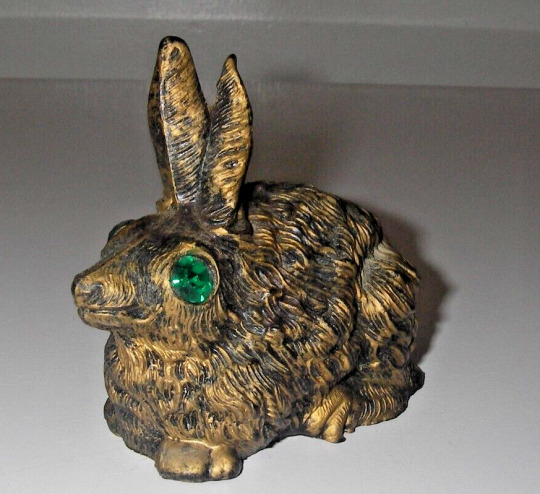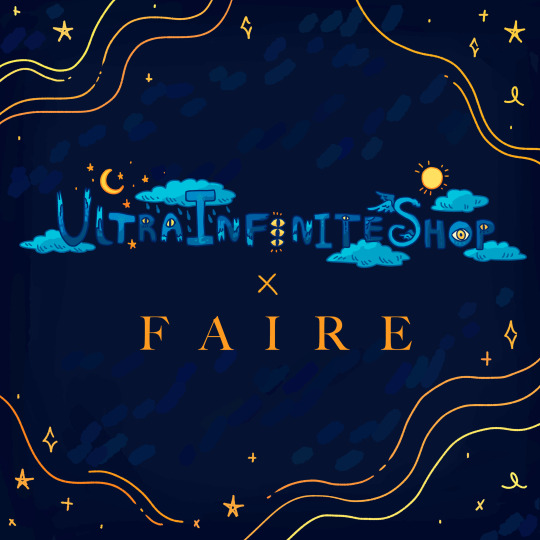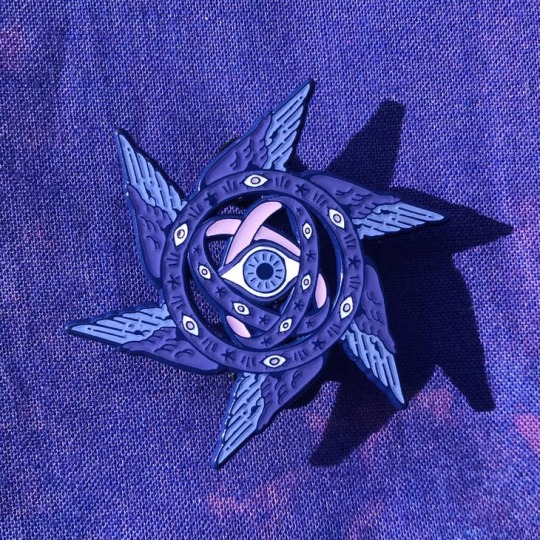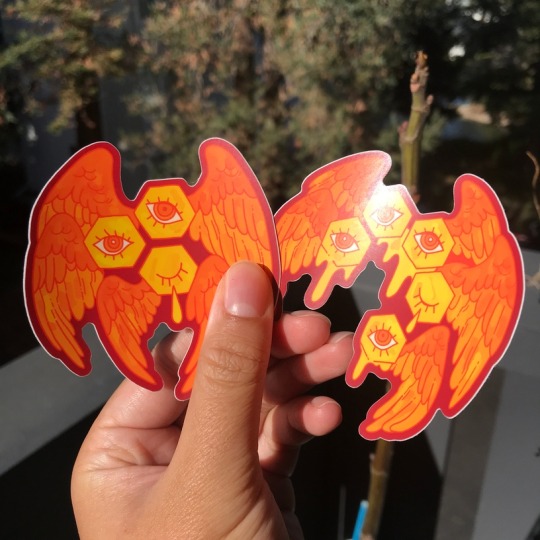#canada based
Text

(source)
1K notes
·
View notes
Text


(source)
710 notes
·
View notes
Text

No no no no no no no I‘m DONE.
#women deserve better#radfem#radblr#radical feminism#feminism#radfems do touch#radfems do interact#radfems please touch#womens rights#sex based rights#this is RAPE#rape culture#rapists should receive a treatment which is worse than any of you could imagine#burn Germany#honestly BURN to the ground#in Canada this stuff has led to MURDER#and regardless of that#THIS IS RAPE AND THIS IS EVIL#for the first time in my life I‘m going to say#KAM
1K notes
·
View notes
Text
A Winnipeg judge last week condemned a system that left a vulnerable 14-year-old girl without the housing supports she needed after her release from custody.
A day later, the girl was dead.
"I just think in this province, at this time when we have the concerns on missing and murdered Indigenous women and girls — how is that not a priority to see that she has the resources?" provincial court Judge Kusham Sharma asked during a hearing for the teen on Dec. 14, a day before the girl was stabbed to death in downtown Winnipeg.
Continue Reading
Tagging @politicsofcanada
#cdnpoli#canada#canadian politics#canadian news#manitoba#death#murder tw#stabbing tw#mmiwg2s#gender based violence#anti indigenous violence
97 notes
·
View notes
Text







UltraInfiniteShop is available wholesale on Faire. Here are some of the items available now, with more to come after this year's pin campaigns.
If you're a retailer I hope you'll check out my storefront; and please let me know if you find any issues with it, I am still figuring out the new platform.
I am especially looking for retailers or potential stockists in Canada, Europe, and Asia; feel free to contact me on social media to discuss a special deal.
#shop news#shop stuff#faire#still hustling and grustling looking for those elusive Canada and Europe based stockists#Would also be interested in Asia but I don't get too many customers from there
60 notes
·
View notes
Text

So honey take me by the hand, and we can sign some papers
Forget the invitations, floral arrangements, and breadmakers!
#I’m posting it now cause the lighting turned out amazing and I need everyone to see it#you can’t tell me these two wouldn’t get married on a rock at sunset somewhere on the east coast of Canada cause they would#description comes from Archie marry me by alvvays#I have been listening to that song on loop for like the past 24 hrs I have a problem (a problem that’s giving me a ton serotonin >:D )#and it’s also the song that inspired it#that is this piece#and I couldn’t not use the lyrics that fit this scene I guess I should call it as the description#maybe I’ll wrote a fic based on it cause I need another excuse to listen to this song on loop#*write#anyways i hope you all like the finished piece to the wip l posted yesterday! :]#scott pilgrim#scott pilgrim comic#scott pilgrim takes off#young neil#neil nordegraf#stacey pilgrim#nordegrim
56 notes
·
View notes
Note
You should draw 2p and 1p Canada together!!!

Great idea! 😃
#2p!canada#2p canada#hws canada#2ptalia#2p!hetalia#2p hetalia#red velvet pancakes#ummmm#half way through it i had no idea what i was doing#how my art turns out is based on luck 😭
71 notes
·
View notes
Text
America is a playstation guy. Australia too.
Canada is an xbox guy.
The Nordics are PC gamers, though at heart Iceland’s an xbox guy together with Hong Kong and Liechtenstein.
Japan is a Nintendo gamer, mostly switch nowadays. Chine doesn’t admit it but he also likes the switch for its games.
#some thoughts purely based on vibes and my personal experience with different kinds of gamers#aph america#aph australia#aph canada#aph denmark#aph norway#aph iceland#aph finland#aph sweden#aph japan#aph china#Riva.txt#hetalia headcanons
68 notes
·
View notes
Text
#rollie pollies#no territories cause there arent enough options :(#i dont care if youve never been to canada and know nothing abt any of the provinces#go based on the name/stereotypes/shape/idk#i just wanna know which is the most popular province#this has been an original post
296 notes
·
View notes
Text
England seeing the NA bros fighting as kids: “Break it up! We do NOT hit our brothers!”
England seeing the NA bros fighting as adults: Looks over to see that they’re not killing each other before taking a sip of his tea.
#ace family#na bros#hetalia#paperuniverse post#hws england#hws canada#hws america#based off my mom with me and my sis lol
64 notes
·
View notes
Text

(source)
184 notes
·
View notes
Text

Hudson Strait Expedition members of Base “C” orchestra, Wakeham Bay, Quebec /
Musiciens au camp C de l’expédition dans le détroit d’Hudson, Wakeham Bay (Québec)
Date(s) : 1928
222 notes
·
View notes
Text
Nothing in the past, moreover, gave any cause to suspect ginseng’s presence so far away. Or even closer by: since antiquity, for well over a millennium, the ginseng consumed in all of East Asia had come from just one area -- the northeast mountainous lands straddling Manchuria and Korea. No one had found it anywhere else. No one was even thinking, now, to look elsewhere. The [...] [French traveler] Joseph-Francois Lafitau didn’t know this. He had been [...] visiting Quebec on mission business in October of 1715 [...]. He began to search for ginseng. [...] [T]hen one day he spotted it [...]. Ginseng did indeed grow in North America. [...]
Prior to the nuclear disaster in the spring of 2011, few outside Japan could have placed Fukushima on a map of the world. In the geography of ginseng, however, it had long been a significant site. The Edo period domain of Aizu, which was located here, had been the first to try to grow the plant on Japanese soil, and over the course of the following centuries, Fukushima, together with Nagano prefecture, has accounted for the overwhelming majority of ginseng production in the country.
Aizu’s pioneering trials in cultivation began in 1716 – by coincidence, exactly the same year that Lafitau found the plant growing wild in the forests of Canada. [...]
---
Since the 1670s the numbers of people [in Japan] clamoring for access to the drug had swelled enormously, and this demand had to be met entirely through imports. The attempt to cultivate ginseng in Aizu -- and soon after, many other domains -- was a response to a fiscal crisis.
Massive sums of silver were flowing out of the country to pay for ginseng and other drugs [...]. Arai Hakuseki, the chief policy maker [...], calculated that no less than 75% of the country’s gold, and 25% of its silver had drained out of Japan [to pay for imports] [...]. Expenditures for ginseng were particularly egregious [...]: in the half-century between 1670s through the mid-1720s that marked the height of ginseng fever in Japan, officially recorded yearly imports of Korean ginseng through Tsushima sometimes reached as much as four to five thousand kin (approx. 2.4–3 metric tons).
What was to be done? [...] The drain of bullion was unrelenting. [...] [T]he shogunate repeatedly debased its currency, minting coins that bore the same denomination, but contained progressively less silver. Whereas the large silver coin first issued in 1601 had been 80% pure, the version issued in 1695 was only 64% silver, and the 1703 mint just 50%. Naturally enough, ginseng dealers in Korea were indifferent to the quandaries of the Japanese rulers, and insisted on payment as before; they refused the debased coins. The Japanese response speaks volumes about the unique claims of the drug among national priorities: in 1710 (and again in 1736) a special silver coin of the original 80% purity was minted exclusively for use in the ginseng trade. [...]
[T]he project of cultivating ginseng and other medicines in Japan became central to the economic and social strategy of the eighth shogun Yoshimune after he assumed power in 1716. [...]
---
China and Korea were naturally eager to retain their monopolies of this precious commodity, and strictly banned all export of live plants and seeds. They jealously guarded as well against theft of mature roots: contemporary Chinese histories, for example, record that the prisons of Shenjing (present day Shenyang) overflowed with ginseng poaching suspects. So many were caught, indeed, that the legal bureaucracy couldn’t keep up.
In 1724, the alarming numbers of suspected poachers who died in prison while awaiting trial led to the abandonment of the regular system of trials by judges dispatched from Beijing, and a shift to more expeditious reviews handled by local officials. [...]
Even in 1721. the secret orders that the shogunate sent the domain of Tsushima called for procuring merely three live plants [...]. Two other forays into Korea 1727 succeeded in presenting the shogun with another four and seven plants respectively. Meanwhile, in 1725 a Manchu merchant in Nagasaki named Yu Meiji [...] managed to smuggle in and present three live plants and a hundred seeds. [...]
Despite its modest volume, this botanical piracy eventually did the trick. By 1738, transplanted plants yielded enough seeds that the shogunate could share them with enterprising domains. [...] Ginseng eventually became so plentiful that in 1790 the government announced the complete liberalization of cultivation and sales: anyone was now free to grow or sell it.
---
By the late eighteenth century, then, the geography of ginseng looked dramatically different from a century earlier.
This precious root, which had long been restricted to a small corner of the northeast Asian continent, had not only been found growing naturally and in abundance in distant North America, but had also been successfully transplanted and was now flourishing in the neighboring island of Japan. […]
---
Colonial Americans, for their part, had developed their own new addiction: an unquenchable thirst for tea. […] This implacable need could have posed a serious problem. [...] [I]ts regular consumption was a costly habit.
Which is why the local discovery of ginseng was a true godsend.
When the Empress of China sailed to Canton in 1784 as the first ship to trade under the flag of the newly independent United States, it was this coveted root that furnished the overwhelming bulk of sales. Though other goods formed part of early Sino-American commerce – Chinese porcelain and silk, for example, and American pelts – the essential core of trade was the exchange of American ginseng for Chinese tea. [...]
---
Yoshimune’s transplantation project had succeeded to the point that Japan actually became a ginseng exporter. As early as 1765, Zhao Xuemin’s Supplement to the compedium of material medica would note the recent popularity of Japanese ginseng in China. Unlike the “French” ginseng from Canada, which cooled the body, Zhao explained, the “Asian” ginseng (dongyang shen) from Japan, like the native [Korean/Chinese] variety, tended to warm. Local habitats still mattered in the reconfigured geography of ginseng. [...]
What is place? What is time? The history of ginseng in the long eighteenth century is the story of an ever-shifting alchemical web. [...] Thanks to the English craving for tea, ginseng, which two centuries earlier had threatened to bankrupt Japan, now figured to become a major source of national wealth [for Japan] .
---
Text by: Shigehisa Kuriyama. “The Geography of Ginseng and the Strange Alchemy of Needs.” In: The Botany of Empire in the Long Eighteenth Century, edited by Yota Batsaki, Sarah Burke Cahalan, and Anatole Tchikine. 2017. [Bold emphasis and some paragraph breaks/contractions added by me.]
#all kinds of fun stuff smuggling piracy biogeography medicinal tea shogunates secret orders#the irony of emerging US empire beginning relationship with china based on export of american ginseng which europeans hadnt known existed#the irony of japan quickly transitioning from almost being bankrupted by ginseng to becoming a ginseng exporter#the importance of local habitats and smallscale biogeography despite the global scale of imperial trade#the french cartographer in 1711 in manchuria who had never been to canada but correctly predicted ginseng might grow there#abolition#ecology#imperial#colonial
106 notes
·
View notes
Text
Content warning for discussion of serial rape, murder, and gender-based anti-indigenous violence.
It’s been more than 20 years since police raided the B.C. farm of one of Canada’s most prolific serial killers, but according to Palexelsiya Lorelei Williams, those painful decades have “flown by.”
Her cousin, Tanya Holyk, is among more than two dozen women who were murdered or suspected to have been murdered, by Port Coquitlam pig farmer Robert Pickton.
The serial rapist — now in his 70s — was charged with 26 murders in the deaths of women who disappeared from Vancouver’s Downtown Eastside, but only convicted of second-degree murder for six of them.
Continue Reading
Tagging @politicsofcanada
#cdnpoli#canada#canadian politics#canadian news#mmiwg2s#rape tw#murder tw#anti indigenous violence#gender based violence#justice system#injustice
55 notes
·
View notes
Text

Based off another IRL interaction where I pranked my fiancé by calling him ‘Pal’ instead of using his usual nickname. Enjoy his reaction recreated by Canada
#qhimberlysart#hetalia#hws canada#hetalia canada#honestly most of my HCs for Canada are based off my fiancé lol
68 notes
·
View notes
Text
Some time last year I had a bizarrely vivid dream about blogging through the aftermath of a post blowing up about how Skadi’s name was, in the dream, an ethnic slur for a group of Northern European/Icelandic (it wasn’t clear in the dream) indigenous people. (She’s actually named after the Norse goddess Skaði). The rest of the dream involved all the various responses to the post, like the people who defended the name and wanted to keep using it, the people who tried coming up with alternate names for her and then argued with each other over which name should be the one everyone uses, and the people who saw it as justification to harass everyone who ever referred to her by name and posted in the tag for her name. The defenders were rancid, the alt name debates got really heated, and the harassers ended up driving a ton of fan artists who don’t speak English off the website who were getting harassed but didn’t know why. There was all sorts of discourse about whether or not we should even talk about her anymore even though it was only her name, not her design, that was offensive. Some people tried to get the devs to change her name but never got a response. The entire time I was sitting there feeling bad for having used it and thinking “Hey, why the fuck did they name her that???”
When I woke up, i felt stressed and tired having dreamt about tumblr discourse. I went looked up what her name meant to make sure that was just in the dream, and then posted about it like I do for most of my weird dreams. I didn’t expect anyone to respond. Instead I had a number of replies telling me that most of that actually happened/happens every once in a while, and that my subconscious just picked the wrong character.
Hey, why the fuck did they name Miss Saluzzo that?
#she’s based on the Newfoundland wolf. from Canada. not even from Europe.#so why is she named after a Swedish and/or Finnish area that is itself named after a slur#she’s also like an Italian mafia woman. she has literally nothing to do with Northern Europe#why’d they call her that?????#miss saluzzo
22 notes
·
View notes